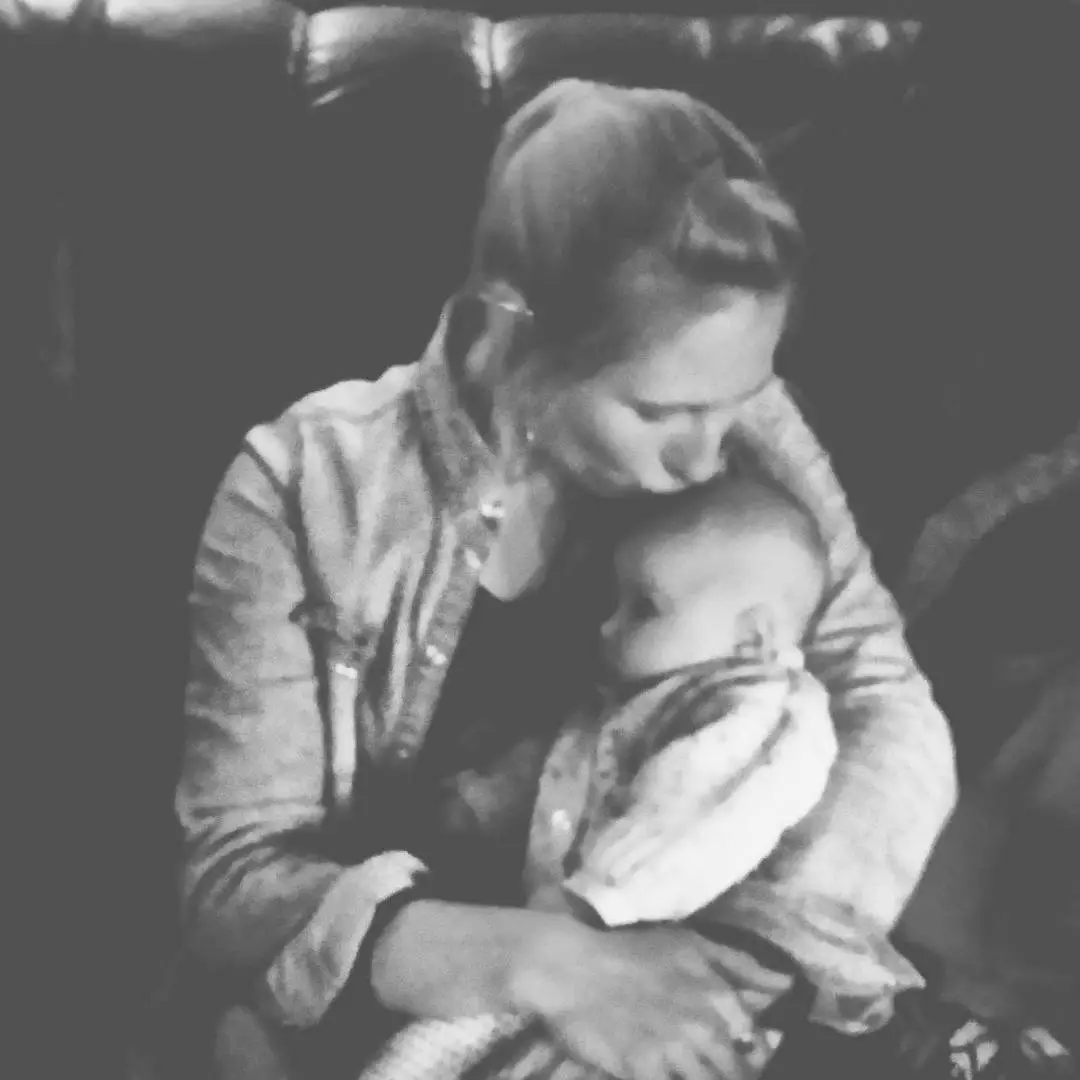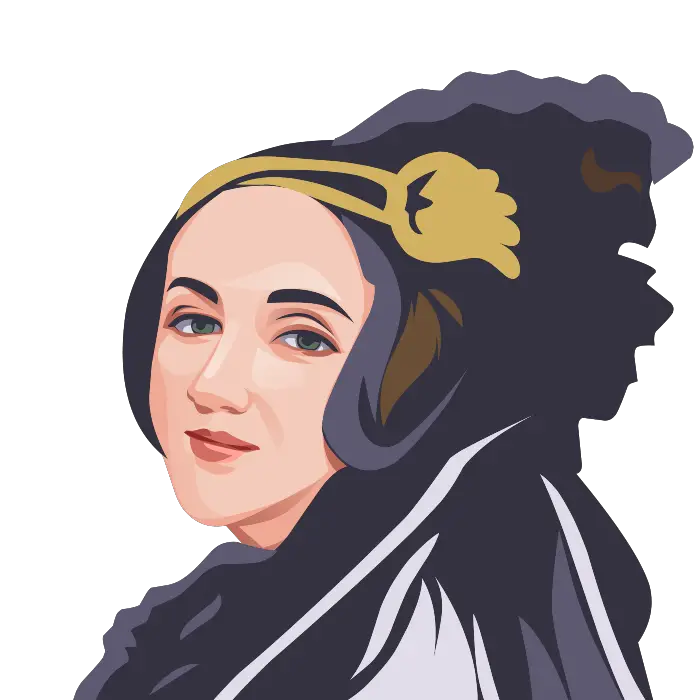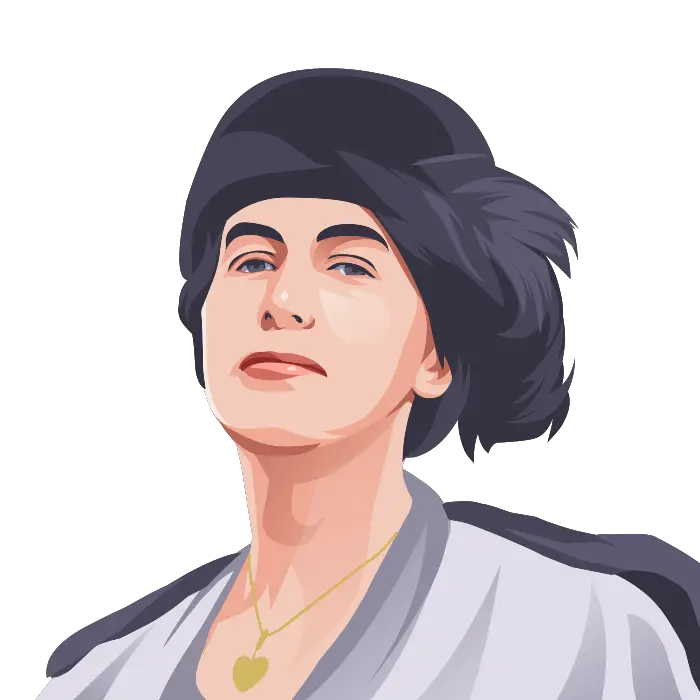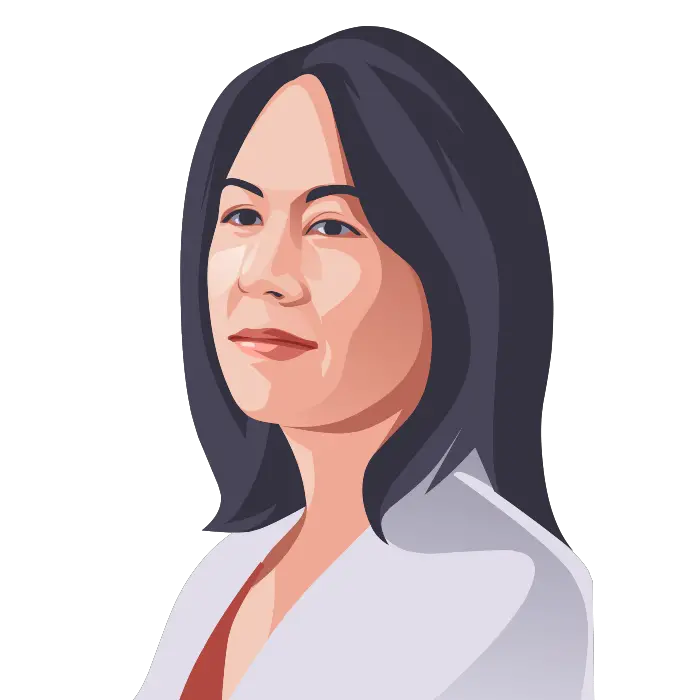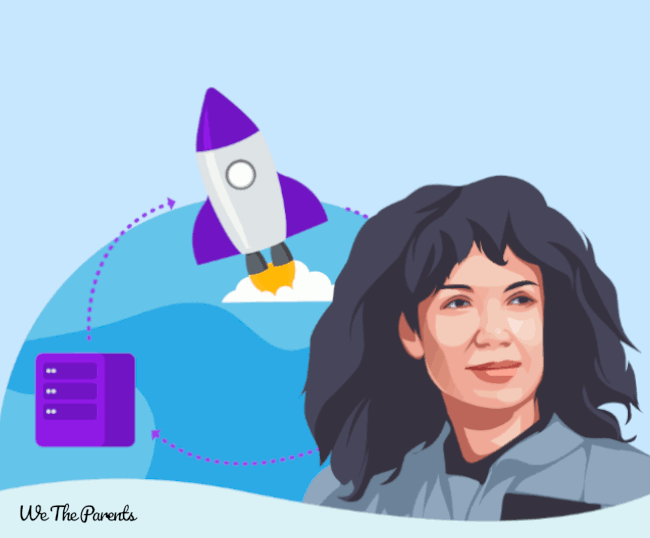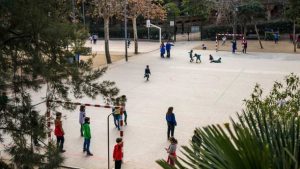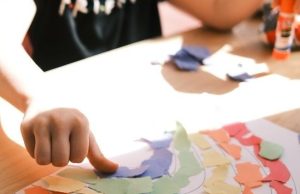As women in STEM continue to break down barriers and pave a path of inclusivity and equality, inspiration can be drawn from the countless female innovators, inventors, and engineers that came before them and work beside them.
From inventors to bridge builders, astronauts to medical pioneers, women engineers have made technological breakthroughs in every field.
They’ve improved and saved countless lives and often achieved this while surmounting huge obstacles and discriminatory barriers.
In celebration of the past and future of women in engineering, let’s get to know 10 famous female engineers who have changed our world.
In this article:
The Infographic

The pioneers
Let’s dive in and get to know these amazing engineering and equality pioneers!
#1 Ada Lovelace
One of the first computer programmers, credited with creating the first algorithm.
Born: London, England // Lived: 1815 – 1852
Born Augusta Ada Byron, the mathematician who would become known as Ada Lovelace was the only child of famed poet Lord Byron and his wife Lady Byron.
Lovelace’s father left her mother shortly after her birth. She demonstrated an early interest in mathematics and logic, which her mother encouraged and which she studied dutifully, despite childhood illness.
After marrying William King in 1835, she became the Countess of Lovelace upon the granting of his Earlship.
Through Lovelace’s education and social connections, she became acquainted with scientist Charles Babbage, often referred to as the “father of computers”, with whom she shared a long and productive working relationship.
Her study, translation, and notation of an article by Italian military engineer Luigi Menabrea is often considered the first ever computer program, acting as an algorithm intended to be performed via machine.
#2 Nora Stanton Barney
First woman to graduate from Cornell with an engineering degree, first female member of the American Society of Civil Engineers.
Born: Basingstoke, England // Lived: 1883 – 1971
Nora Stanton Blatch Barney was the daughter of suffragist Harriet Eaton Stanton Blatch and the maternal granddaughter of National Woman Suffrage Association founder and women’s rights icon Elizabeth Cady Stanton.
After studying Latin and mathematics at New York’s Horace Mann School, Stanton attended Cornell University, graduating in 1905 as the first woman to receive an engineering degree from the institution.
During her graduation year, Stanton also became the first woman inducted as a junior member of the American Society of Civil Engineers.
She also performed work for both the American Bridge Company and the New York City Board of Water Supply and is remembered for suing the ASCE for their refusal to commute her membership to full status, despite her meeting of membership requirements.
She also refused to leave the engineering profession despite her first husband’s insistence, leading to a divorce.
She continued her passion for engineering through the New York State Public Service Commission and as a real-estate developer until her death in 1971.
#3 Patricia Bath
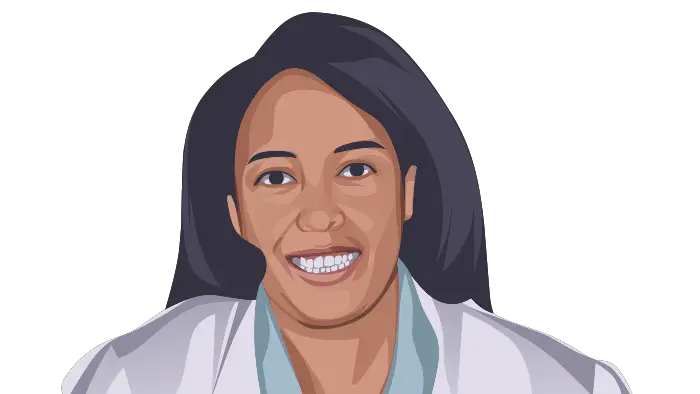
Early pioneer of laser cataract surgery, first female member of Jules Stein Eye Institute, first female leader of postgraduate ophthalmology training program, first African-American female surgeon on staff at UCLA Medical Center
Born: New York City, New York, USA // Lived: 1942 – 2019
Patricia Era Bath was the daughter of Rupert and Gladys Bath. Her father, a Trinidadian immigrant, inspired a love of multiculturalism in the family home.
With her mother, a descendant of African slaves and Cherokee Native Americans, he joined in supporting Bath’s scholastic prowess, encouraging her to never settle for less than best and providing her with her first chemistry set to celebrate her love of science.
During her high school years, Bath won a National Science Foundation scholarship which culminated in a research project at Yeshiva University and Harlem Hospital Center.
There, she studied the links between cancer, nutrition, and stress. Her discoveries were presented at the International Fifth Congress of Nutrition.
Bath went on to receive an undergraduate degree from Hunter College and attend the Howard University College of Medicine, where she co-founded the Student National Medical Association, becoming its first woman president.
Upon her graduation with honors, she received the Edwin Watson Prize for Excellence in Ophthalmology.
In her career as an ophthalmologist, Bath was an early pioneer of laser surgery for cataract treatment, was the first female member of the Jules Stein Eye Institute, the first female leader of a postgraduate ophthalmology program, and the first African-American female staff surgeon at UCLA Medical Center.
Bath holds five patents for medical innovations of her design and was the founder of the American Institute for the Prevention of Blindness.
#4 Alice Parker
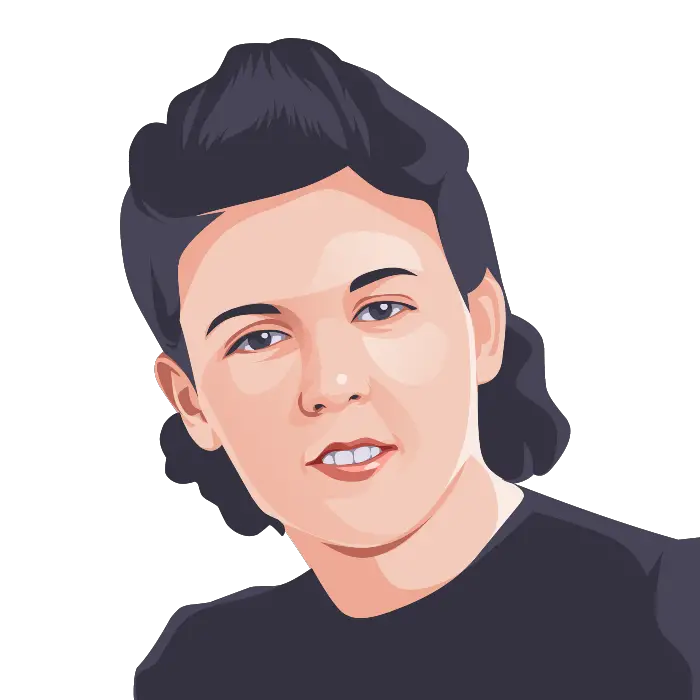
Patented a new, efficient form of central heating which used natural gas. As a pioneering African-American female inventor, she did this before both the Civil Rights and Women’s Liberation movements
Born: Morristown, New Jersey, USA // Lived: 1895 – Unknown
While little is known about the early details of inventor Alice H. Parker’s life, she was born in Morristown, New Jersey in 1895 and resided there for most of her life.
She attended Howard University Academy, graduating with honors in 1910. The inspiration for Parker’s greatest achievement came from her residence, where the fireplace was providing insufficient heat for the home during the wintertime.
Parker filed a patent for a heating system that drew cool air into the furnace, used a natural gas heat exchanger to warm it, then circulated warm air via ducts.
Though Parker’s design was never used, it inspired future natural gas-based duct heating systems that are used to this day. Before her patent, heat was obtained exclusively from wood and coal.
The use of natural gas heating saved homeowners the hassle of purchasing or chopping wood, reducing the danger of fires caused by overnight fireplace use.
Parker’s receipt of a patent is particularly remarkable due to its timing — neither the Civil Rights Movement nor the Women’s Liberation Movement had yet taken place.
#5 Henrietta Vansittart
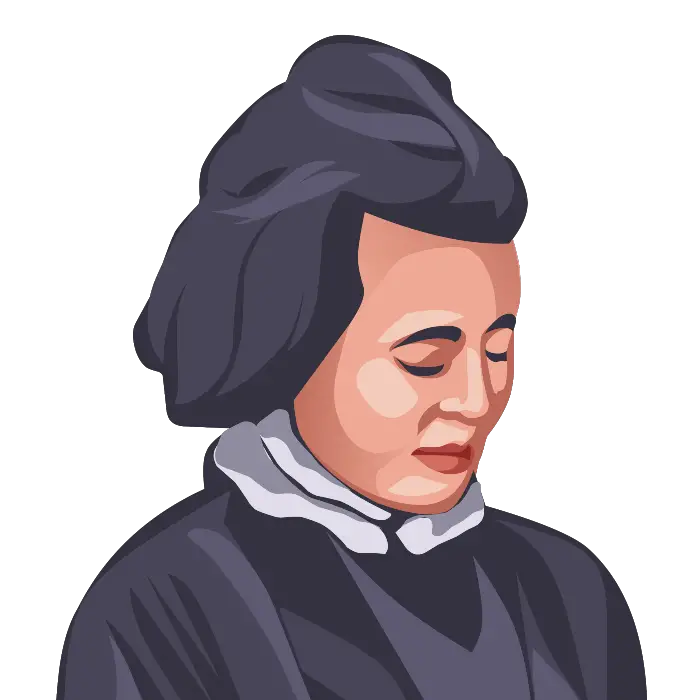
Awarded a patent for the Lowe-Vansittart propeller as a self-trained engineer. Considered to be one of the first female engineers
Born: Ewell, Surrey, England // Lived: 1833 – 1883
Born Henrietta Lowe, a young Vansittart was raised in poverty. Her father, a machinist, studied ship propulsion and made efforts to obtain patents using connections and income from his wife’s wealthier family.
His repeated failures to succeed at profiting from his patents almost drove the family to bankruptcy, leading to a young Lowe’s marriage to Lieutenant Frederick Vansittart in 1855.
A self-taught engineer, Vansittart began the study of her father’s work shortly after marriage.
The Lowe Propeller, her father’s most noteworthy invention, never successfully created income for the family due to infringement issues. After his death in 1866, Vansittart focused on perfecting the propeller.
The Lowe-Vansittart propeller enabled ships to move faster while using less fuel, earning her a patent in 1868; it was later used on many ships, including the S.S. Lusitania.
The inventor consequently received a number of awards for her engineering prowess, Vansittart’s name being mentioned in The Times and other key newspapers of the era.
She was the first female to read, write, and illustrate her diagrams for a scientific article, and is considered as one of the first female engineers.
#6 Evelyn Wang
Chair of the Department of Mechanical Engineering at MIT, collaborated in the design of a technology which can produce water from air in arid climates
Born: New York, USA // Lived: 1978 – Present
New York-born mechanical engineer and professor, Evelyn N. Wang grew up in Southern California where her father worked as a professor at UCLA.
She traveled internationally as part of a youth orchestra but ultimately settled in the Northeast, receiving her undergraduate degree from MIT in 2000 and doctorate from Stamford University in 2006.
After performing postdoctoral research at Bell Labs, Wang returned to MIT as a member of the faculty in 2007.
A primary focus of her work and research has been solar-powered devices that extract water from the atmosphere. She successfully created the technology that allows water to be trapped in a metal-organic framework during the night, with heat from solar energy releasing the water during the day.
Wang’s water extraction device was named as one of the Top 10 Emerging Technologies of 2017 by both Scientific American and the World Economic Forum.
She currently serves as the chair of the Department of Mechanical Engineering, the director of the Device Research Laboratory, and the Gail E. Kendall Professor of Mechanical Engineering.
#7 Kimberly Bryant
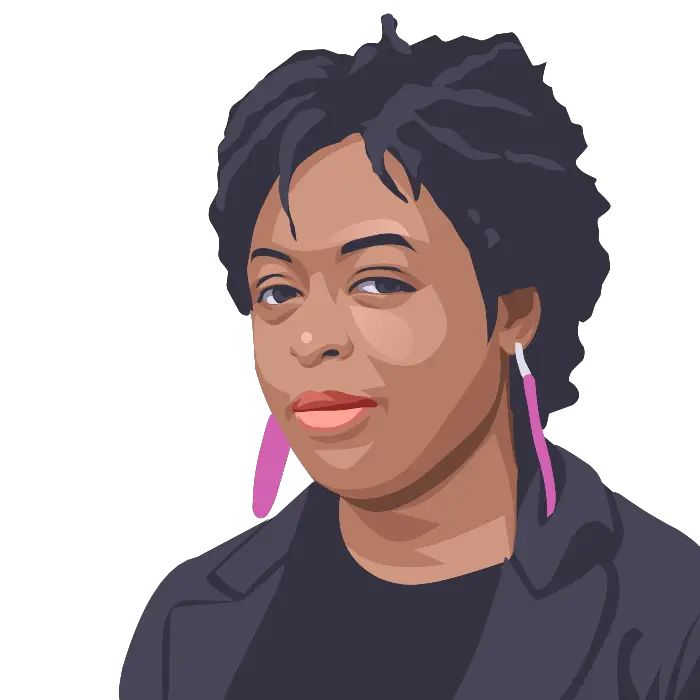
Founder of Black Girls Code, named one of the 25 Most Influential African-Americans in Technology
Born: Memphis, Tennessee, USA // Lived: 1967 – Present
A native of Memphis, Tennessee, electrical engineer Kimberly Bryant earned her EE degree with a minor in Computer Science at Nashville’s Vanderbilt University.
There, Bryant’s studies focused on high-voltage electronics, informing her early career with Westinghouse Electric and DuPont, two leading innovators in the industry.
Bryant’s focus later shifted to biotech and pharmaceutical engineering, where she worked for Genentech, Merck, Novartis, and Pfizer.
Bryant’s most recognizable achievement is the founding of the not-for-profit organization Black Girls Code.
She created BGC after her daughter attended a tech summer camp, finding herself disappointed to be the only African American girl in the small handful of female attendees.
Seeing a lack of coding and computing camps for underrepresented communities, Bryant encouraged Genentech colleagues to join her in the creation of a coding initiative for young girls of color.
As of late 2019, BGC has 15 chapters and is an internationally recognized not-for-profit organization.
Bryant has been named a White House Champion of Change for Tech Inclusion, was the recipient of Smithsonian Magazine’s American Ingenuity Award for Social Projects, and was named one of 2013’s 25 Most Influential African-Americans in Technology by Business Insider.
#8 Hedy Lamar
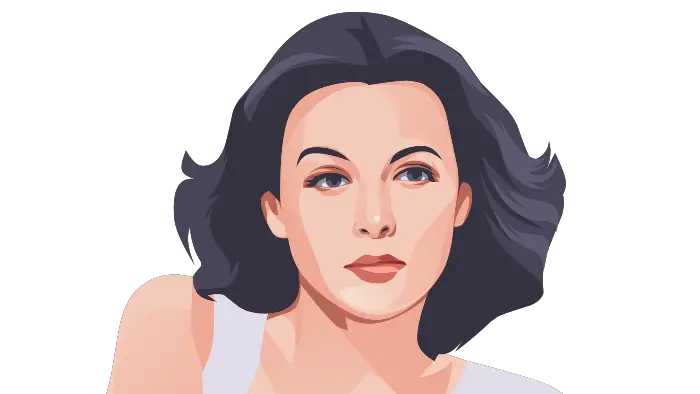
Helped to develop frequency-hopping spread spectrum technology for Allied torpedoes during WWII and improved aircraft aerodynamics for Howard Hughes in addition to a successful stage and screen career
Born: Vienna, Austria-Hungary // Lived: 1914 – 2000
Though she is perhaps best remembered for her storied stage and film career, Austrian-born Hedwig Eva Maria Kiesler was as much an engineer as she was an actress.
While her childhood interest in fame found her winning a Viennese beauty contest at the age of 12, a young Lamarr also enjoyed walks with her father, who she credited with explanations of basic technology, fostering her interest in inventing.
The self-taught Lamarr made significant contributions to engineering during WWII.
She shared a friendship (and relationship) with aviator Howard Hughes, improving aircraft aerodynamics by suggesting that Hughes streamline the body of his planes to mimic the body of a bird.
After learning that the course of radio-controlled torpedoes could be achieved by jamming, Lamarr drafted and patented a frequency-hopping, spread spectrum technology for jamming with friend and composer George Antheil.
Though the design was not implemented in its entirety at the time it was eventually used on naval ships, and its foundational techniques remain a part of today’s Bluetooth and Wi-Fi technologies.
#9 Judith Resnik
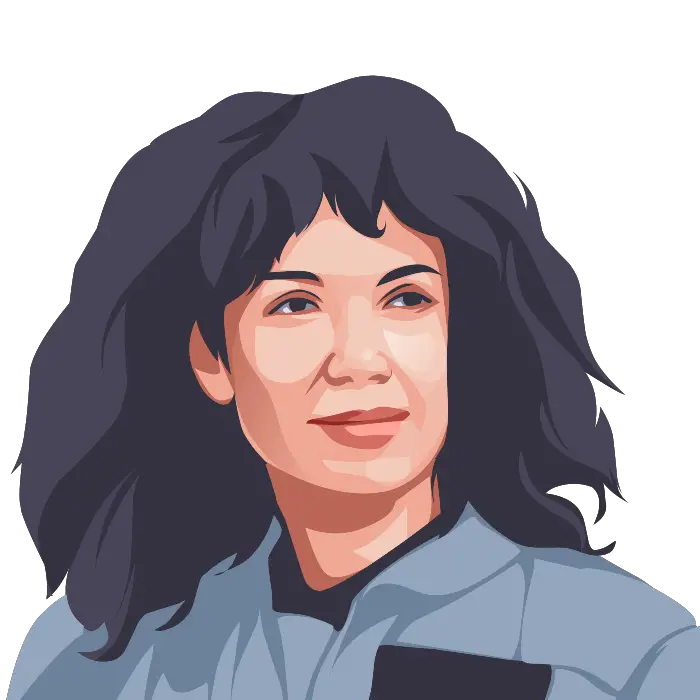
First Jewish woman in space, second woman in space, accepted to Carnegie Mellon after being 1 of only 16 American women to ever receive a perfect SAT score
Born: Akron, Ohio, USA // Lived: 1949 – 1986
The daughter of Ukrainian Jewish immigrants, Judy Resnik’s talents quickly became clear during her childhood.
Recognized for “intellectual brilliance” in kindergarten, Resnik entered elementary school a year early and remained an outstanding student throughout high school.
She graduated as high school valedictorian and was one of only 16 women to have ever received a perfect score on SAT at the time.
Resnik received a B.S. in electrical engineering from Carnegie Mellon and a Ph.D. in electrical engineering, with honors, from the University of Maryland.
She worked as a design engineer on RCA’s missile and radar projects, built custom integrated circuitry for the Navy’s radar control systems, and developed software and electronics for NASA.
She qualified as a professional aircraft pilot during the completion of her Ph.D. and was ultimately recruited into NASA’s Astronaut Corps at age 28.
Resnik’s first space flight was as a mission specialist on the maiden voyage of the Space Shuttle Discovery. There, she became the first Jewish woman, second Jewish person, and the second American woman in space.
While Resnik enjoyed a successful first mission, she tragically lost her life in the 1986 Challenger explosion.
Her life and accomplishments have been posthumously recognized by Carnegie Mellon, the University of Maryland, the Institute of Electrical and Electronics Engineering, the Society of Women Engineers, and among many others.
#10 Beulah Louise Henry
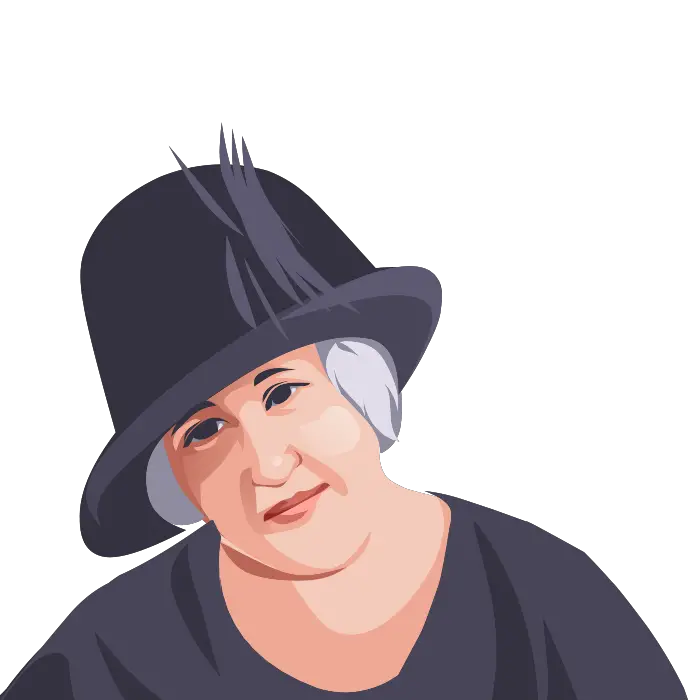
Known as America’s leading female inventor with a total of 49 patents and 110 inventions designed to improve daily home life
Born: Raleigh, North Carolina, USA // Lived: 1887 – 1973
Once nicknamed Lady Edison for her prolific range of patents, a young Beulah Louise Henry was known for her hobby of pointing out the flaws and deficits in existing systems, providing ideas for changing or innovating the way things were already done.
This natural eye for invention would stick with Henry throughout her studies at North Carolina Presbyterian College and Elizabeth College; she submitted her first patents during her university years.
She received her first patent in 1912 for a vacuum ice cream freezer. By 1924, Henry had relocated to New York City, where she would go on to form two companies.
She was employed by Nicholas Machine Works as an inventor, consulted for numerous companies that manufactured her patents, and established both the Henry Umbrella and Parasol Company and the B.L. Henry Company.
Henry created 49 patents and approximately 110 inventions throughout her life, almost all of which centered around home innovation, particularly for women.
In 2006, she was posthumously inducted into the National Inventors Hall of Fame.
Women in STEM Today
The science, technology, engineering, and mathematics fields naturally create jobs through innovation.
They’re home to some of the most profitable and prestigious careers available, and though a gender gap has long existed in STEM fields, it’s not surprising that many girls and women are now eager to get involved in the opportunities they have to offer.
- The demand for STEM graduates increased 9% between 2016 and 2018
- 1 in 4 STEM jobs are held by women
- Since 1990, female employment in Life & Physical Science jobs has increased by 16%
- Women earn 36% of STEM bachelor’s degrees nationally
Though there’s still work to be done in achieving equality for women in STEM, initiatives like Kimberly Bryant’s Black Girls Code, and other programs aimed at fostering science and tech talent in young women, play a major role in shaping the future of our most innovative fields.
Active consideration is now given to the importance of including women, while female leaders in STEM fields have done remarkable work to ensure that the next generation of scientists, programmers, mathematicians, and inventors will face far fewer barriers to entry.
If you’re a young woman interested in STEM, or the parent of a future female innovator, these resources can help you discover helpful programs, scholarships, and information.
- Black Girls Code: Innovator and engineer Kimberly Bryant’s brilliant program for young women of color who are interested in computer science
- EngineerGirl: A resource enabling young women to connect with other prospective engineers, participate in contests, and learn about inspiring role models from the STEM fields
- National Girls Collaborative Project: A nationwide organization devoted to advancing the agenda of gender equality through the encouragement of careers in STEM for women
- Carnegie STEM Girls: An affiliate of the Carnegie Science Center, this site has information about programs at the center, competitions, options to schedule visits and tours, and fun and helpful activities and academic resources that can be used at home
- The Society of Women Engineers: An international organization promoting the advancement of women in engineering fields through scholarships, outreach, events, and education
Wrapping up
Looking back at centuries of successful female engineers, inventors, and innovators makes it clear that women have always had the skills, strength, and dedication to succeed in STEM.
It’s never too soon to start pursuing your interests, whether it’s learning more about subjects you’re passionate about, getting involved in clubs and organizations at school, using interactive toys and kits for hands-on experience, or participating in camps or other specialized groups dedicated to learning and fun.
Who knows — you just may change the world!

